The term "J-curve" refers to the typical pattern of returns for private equity investments -named because the graphical representation over the lifespan of the investment resembles the letter "J.". During a private equity fund's investment period, the fund's performance is typically negative due to management fees and fund expenses.. Russell Investments is a leading global investment solutions firm with $326.9 billion in assets under management (as of 3/31/2021) and $2.8 trillion in assets under advisement (as of 12/31/2020.

La Courbe des Startups Parcours d'un Entrepreneur YouTube

Le principe de la courbe en J inversée Finance et Taux par

Private Equity Basics in 6 Charts Moonfare
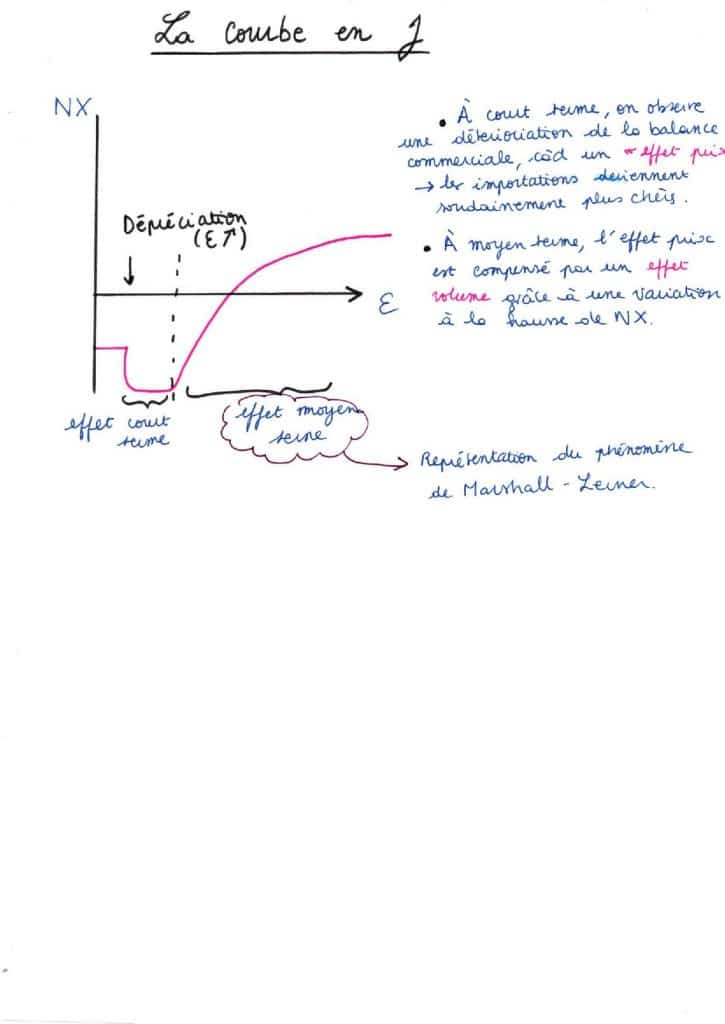
La courbe en J Mondialisation et macroéconomie Major Prépa

J curve Private Equity YouTube
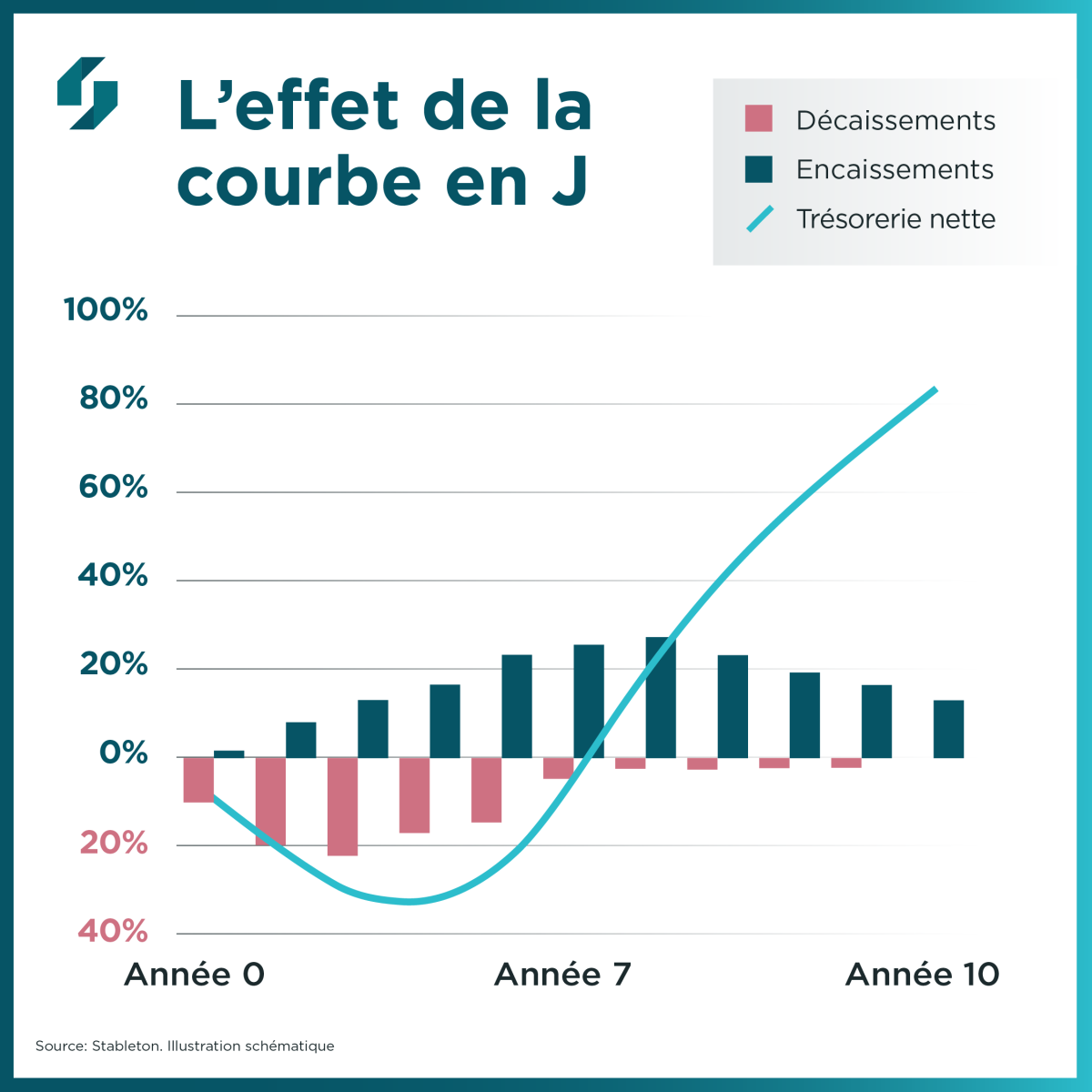
Growth equity estce le bon moment d’investir? Allnews

LA COURBE EN J EXPLICATIONS ET LIMITES Cours Economie Mission Prépa YouTube

Méthode Construire une courbe de Lorenz SchoolMouv

La courbe en J et le théorème des élasticités critiques

Méthode des J

Courbe en J Pour l'Éco
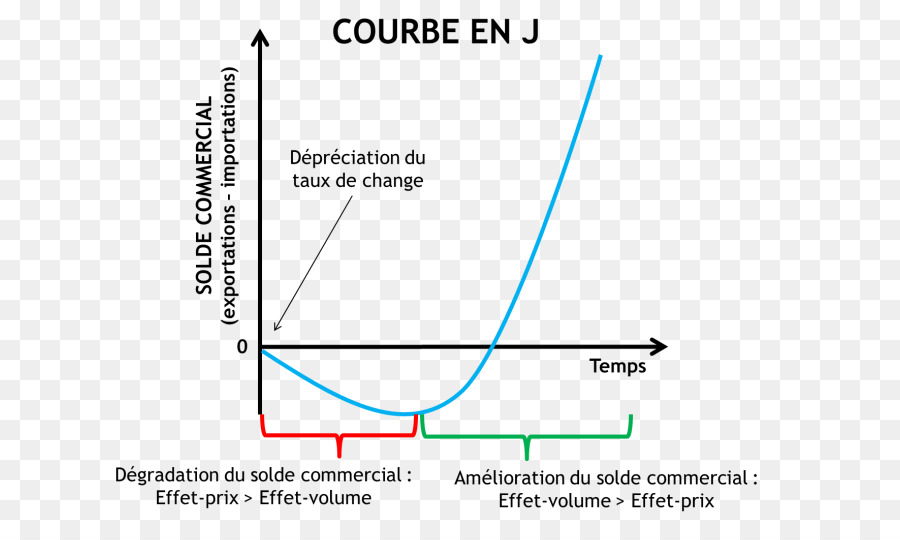
J Curva, Economia, Curva De png transparente grátis

Courbe J Qu'estce que c'est, définition et concept

What is the JCurve in Private Equity? YouTube

Private Equity Basics in 6 Charts Moonfare
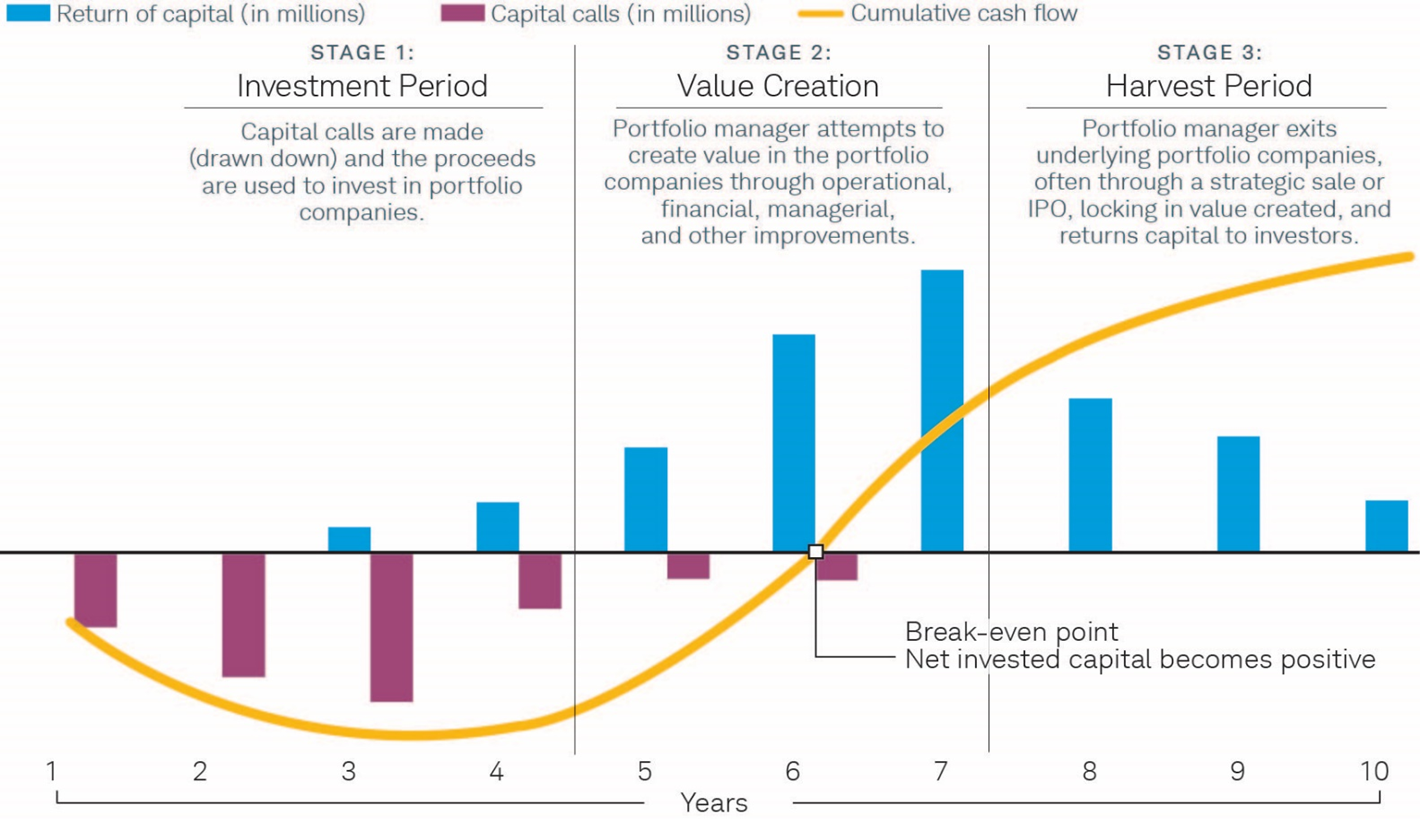
Allocating to Private Equity

Courbe en J Pour l'Éco

Courbe en J YouTube

H24 Finance Comment profiter des décotes historiques sur le marché secondaire du private equity
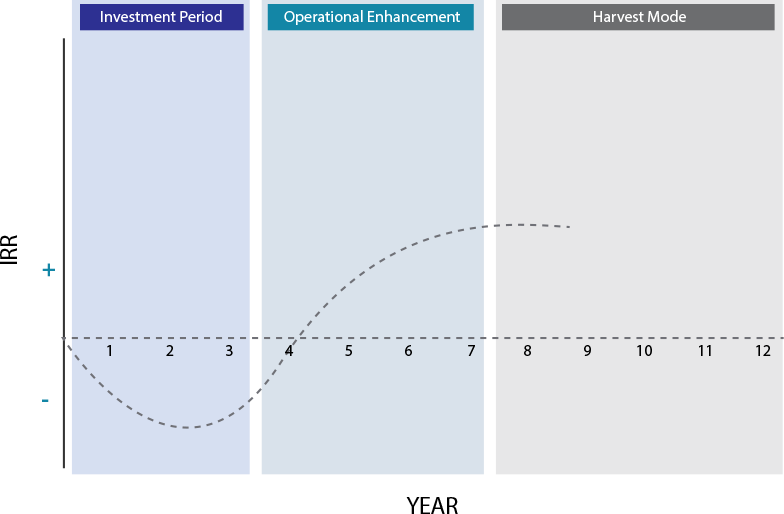
What is the JCurve in Private Equity? Crystal Capital Partners
The depth and length of a J-curve depends on several factors. First, the J-curve is influenced by the level of fees early on in the fund's life. Management fees are typically based on the entire amount of committed capital. In addition to the negative cashflow due to the early years of investments, fees can deepen or prolong the J-curve.. A J-curve is the graphical depiction of growth patterns when a change is induced. The curve shows a sudden fall in the short run and then gradually starts recovering. Soon it reaches the breakeven point, after which it outperforms to reach a new high. The shape of the J curve in economics resembles the letter 'J,' hence the name.